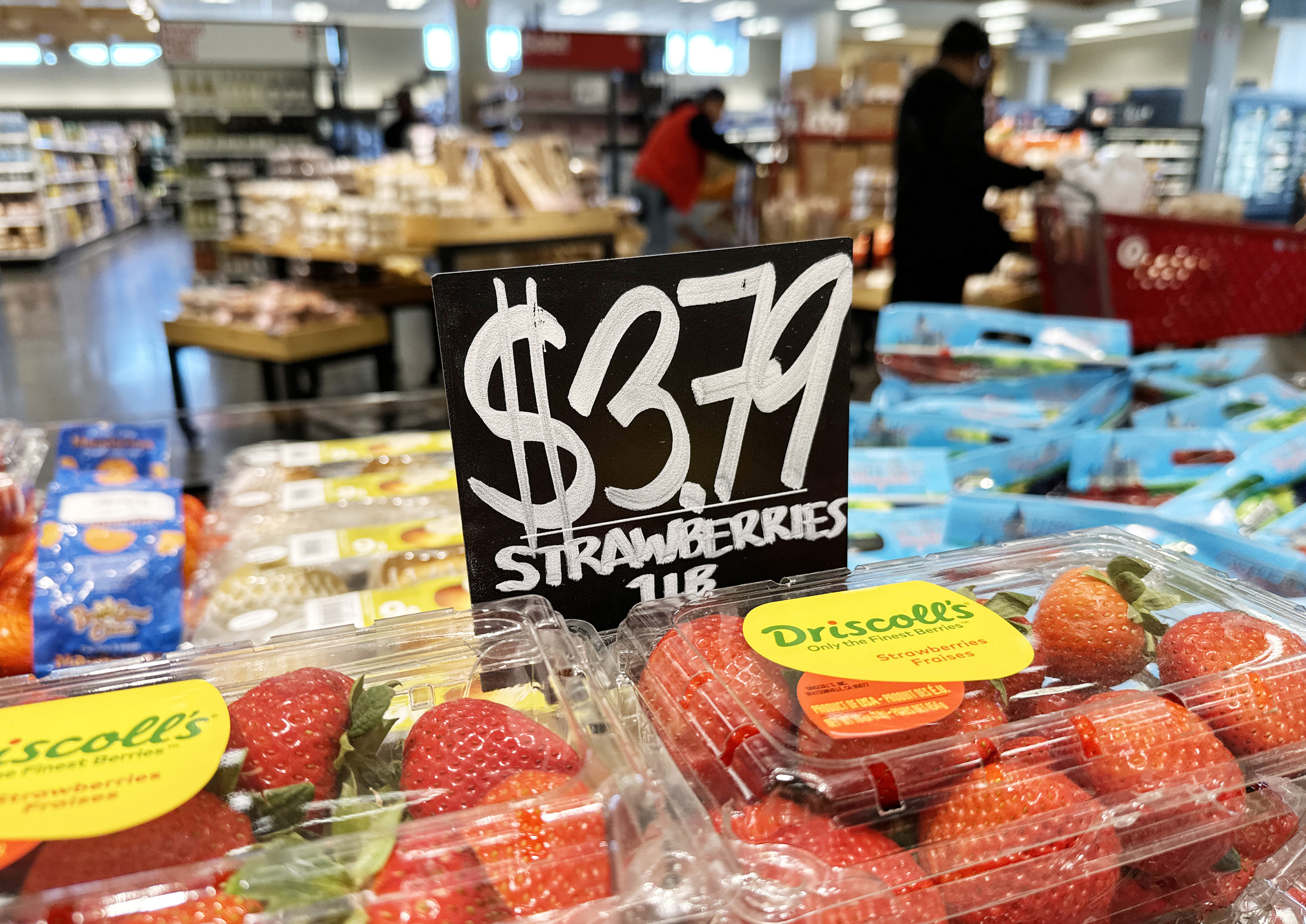Americans are pessimistic about their livelihoods as concerns over high prices and fears over a decline in their personal finances weigh down their expectations about where the U.S. economy is headed over the next year.
Consumers expect inflation over the next year will hit 3.8 percent, which was more negative than last month when they anticipated it to be at 3.2 percent, a new survey of consumer sentiment showed on Friday. It’s the highest percentage since May and way above the 2.3 to 3 percent range pre-COVID.
Over the long run, Americans feel that they may have to live with higher prices for longer. Consumers in the United States expect inflations to be at 3 percent over the next year, a slight uptick from the 2.8 percent number they gave last month.
“Nearly all demographic groups posted setbacks in sentiment, reflecting the continued weight of high prices,” Joanne Hsu, Surveys of Consumers Director at the University of Michigan, said in a statement.
Americans’ feelings of where their personal finances will be in the next year fell by 15 percent over fears of persistently high prices. They also feel like business conditions will deteriorate over that span.
“However, long-run expected business conditions are little changed, suggesting that consumers believe the current worsening in economic conditions will not persist,” Hsu said.
The COVID-19 pandemic led to a snarl of supply chains and delivery of goods and services as the global economy shut down when countries instituted lockdowns to stop the spread of the virus. The stifled supply led to a jump in prices that continued after the re-opening of the economies as companies competed for workers, paying high wages to match the increased demand for goods and services from consumers with pent-up cash they saved during the pandemic.
These dynamics shot up prices that at one point hit 40-year highs, which while have since declined to 3.7 percent, remain stubbornly high hurting pocketbooks across the country. The Federal Reserve’s target for inflation is 2 percent.
Uncertain Times for Americans
For communities across the country, these are uncertain times. The Federal Reserve’s attempted remedy to bring down inflation to its target has been to raise rates that are now at a two-decade-high range of 5.25 to 5.5 percent. This has helped push up the cost of borrowing for everything, making it more expensive to buy homes and cars and invest in businesses.
In Washington, D.C., the House of Representatives is without a speaker and a government shutdown looms on the horizon, which economists say could be highly disruptive to the economy. Add to that an escalating conflict in the Middle East that could potentially cause a spike in oil prices.
Added costs are re-emerging as the stimulus support designed to support Americans from the COVID-induced economic crisis is coming to an end. Millions of Americans who had their student loans paused have had to start making payments again beginning with interest on the debt in September.
Parents across the country who had help with their childcare saw that support disappear at the end of last month. Research shows that households spend nearly a third of their income on childcare.
This may explain why a large of Americans are feeling gloomy about the economy.
“Consumer sentiment fell back about 7% this October following two consecutive months of very little change,” Hsu said.

